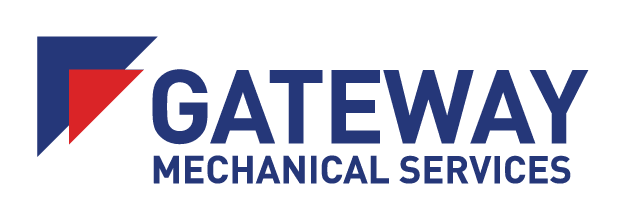HVAC & Air Purification
Your HVAC system is essential for the quality and purity of your air
Our customers have asked how they can be proactive and keep the air in their buildings healthy. At Gateway, we know air filtration paired with a robust heating, ventilation, and air conditioning (HVAC) system can improve air quality.
While transmission and prevention can’t be solved by an HVAC alone, adding air purification is an effective strategy to support the health and safety of your employees, your customers, and anyone accessing your building(s).
With scheduled upkeep, industry-compliant HVAC and air filtration systems, Gateway’s certified technicians can help you keep the air in your facilities clean throughout the year.
ASHRAE recommends the following strategies for improving air quality within your facilities.
Is your air healthy? The 5 components you need now
To maximize your HVAC system and improve indoor air quality, we will work with and guide you to implement these five key elements in your buildings and facilities.
- Disinfection systems (UV and plasma). Upper-air and surface cleaning UVC and plasma disinfection systems can kill up to 99.9 percent of microbes and provide 24-hour protection by targeting microorganisms small enough to pass through filters.
- Environmental controls. Humidity and temperature help create a comfortable and healthy indoor environment. They can reduce the growth of mold, bacteria, and other harmful contaminants, leading to better indoor air quality and reduced risks of airborne illnesses. With consistent temperature and humidity, your HVAC and air purification systems can operate efficiently, saving both energy use and costs.
- Filtration. Filters trap ultrafine contaminants and nanoparticles that could affect your health—bacteria, dust, fibers, hair and animal fur, microorganisms, mold and spores, and pollen.
- Ventilation. Increasing the circulation of clean air can help reduce the transmission of airborne diseases. By properly designing and operating your HVAC systems, air movement is managed to remove and filter potentially harmful particles, reducing indoor air pollution, and the risk of transmission.
- Preventative maintenance. Scheduled upkeep ensures your systems are always running at peak performance in the background, helps prevent business disruptions, reduce employee sickness, saves you money, and allows you to focus on your business.
Depend on Gateway for industry-best care
With almost 60 years’ certified field experience, we are known for our industry knowledge, full transparency, and above-standard service. We prioritize finding solutions tailored to your specific budget and needs, and uphold current regulations, cost-effectiveness, and energy efficiency.
- Design, build, service, and maintain your HVAC, air filtration, and ventilation systems
- Industry compliant replacements, retrofits, and expansions
- Custom preventative maintenance programs
- Comprehensive assessments
- Energy efficient and industry compliant equipment
- Fast responsive 24-7 emergency services with certified technicians in your area
Learn More
- Free webinar: Manage airborne pathogens and clean air in your facility. Watch Now
- Deep dive: Everything to know about indoor air quality (IAQ). Get the Guide
- Retrospective: Can HVAC systems spread viruses? The answer is yes. Learn More
